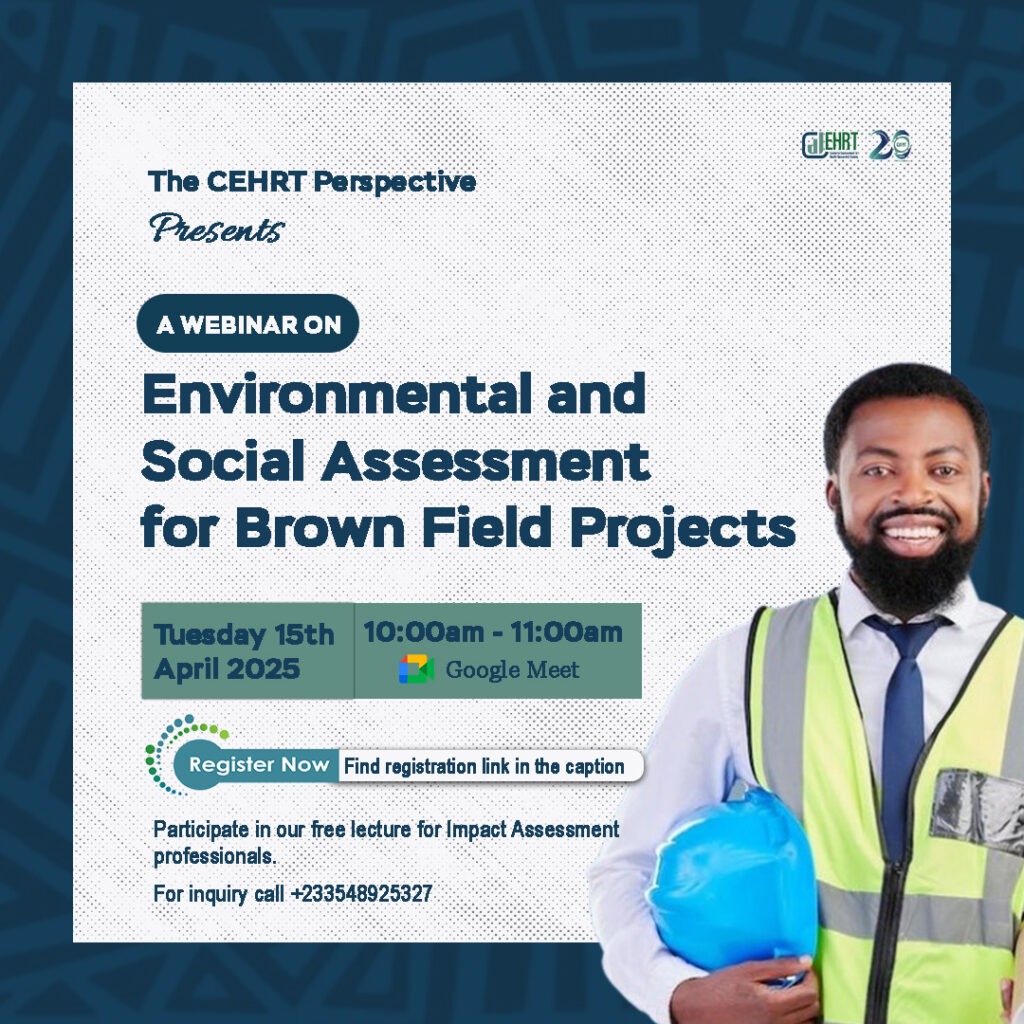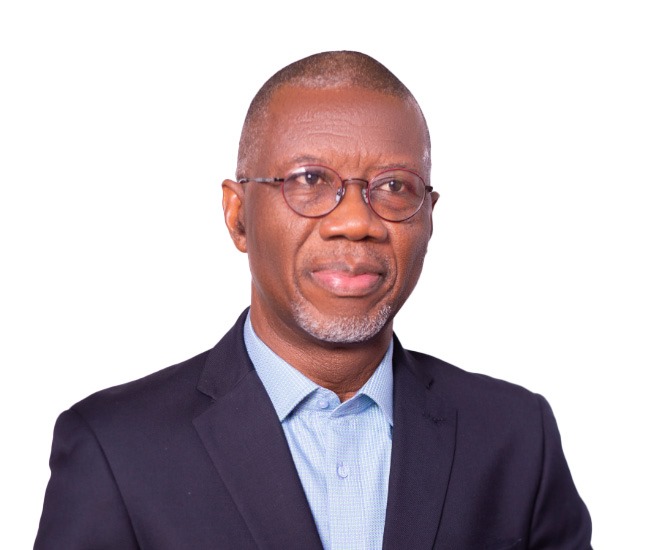In a recent presentation, renowned Environmental and Social Safeguards Specialist, Yaw Amoyaw-Osei, shared valuable insights into conducting Environmental and Social Assessments (ESAs) for brownfield projects. Drawing on over three decades of experience, Mr. Amoyaw-Osei, the Executive Chairman of the Centre for Environment and Health Research and Training (CEHRT) and Executive Director of Green Advocacy Ghana, emphasized the unique challenges and opportunities associated with brownfield developments.
Understanding Brownfield vs. Greenfield Projects
A brownfield refers to a site previously developed and potentially contaminated, posing constraints for redevelopment. In contrast, greenfield projects are initiated on untouched land without prior development or environmental liabilities.
Brownfield projects are increasingly relevant in urban and peri-urban planning, where land is limited, but redevelopment needs are growing. Examples include:
- Expansion of road infrastructure,
- Relocation and upgrading of power plants,
- Co-existence of old and new facilities, such as funeral homes,
- Reclamation of degraded lands for new infrastructure.
The Role of Environmental and Social Audits
A key takeaway from the presentation was the critical role of Environmental and Social (E&S) Audits in brownfield project planning. These audits:
- Establish baseline environmental and social data,
- Provide lessons learned from existing infrastructure,
- Identify potential cumulative impacts,
- Help in developing mitigation strategies,
- Inform and facilitate stakeholder engagement.
Case Studies in Focus
Three case studies were explored to illustrate the application of ESA in brownfield contexts:
- Funeral Home Development: The project involved constructing a modern facility adjacent to an old one. The E&S audit focused on hydrology, waste management, traffic flow, emissions, and community engagement.
- Power Plant Relocation: The shift of a power plant to a nearby location required baseline data collection, stakeholder consultations, and site restoration post-decommissioning of the old facility.
- Road Expansion Project: Upgrading a 20km dual 4-lane highway to 6 lanes necessitated decommissioning old road infrastructure and engaging local communities, law enforcement, and transport stakeholders. The audit also evaluated accident hotspots, drainage, and traffic patterns.

Conclusion
Mr. Amoyaw-Osei’s presentation underscored the necessity for comprehensive environmental and social assessments in brownfield developments. Through real-world examples and practical audit strategies, CEHRT reinforces the importance of integrating environmental safeguards in sustainable infrastructure planning. As urban spaces continue to evolve, such insights remain crucial for minimizing risks and maximizing social and environmental benefits.


